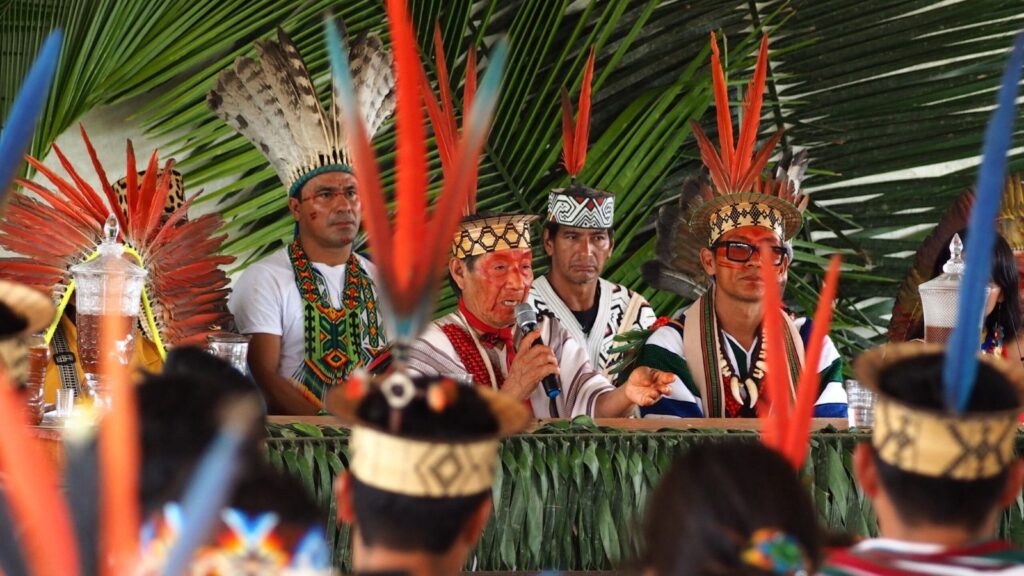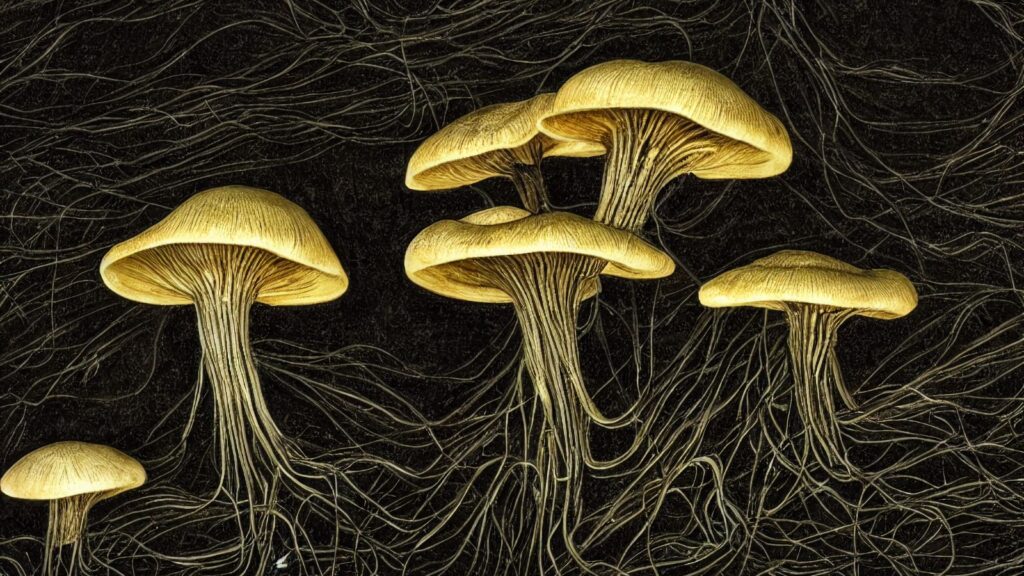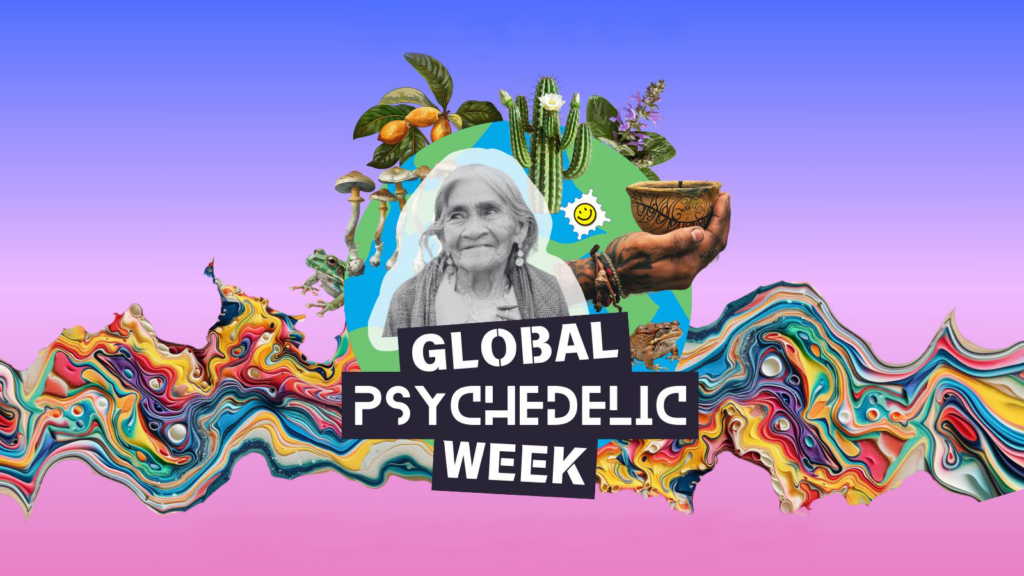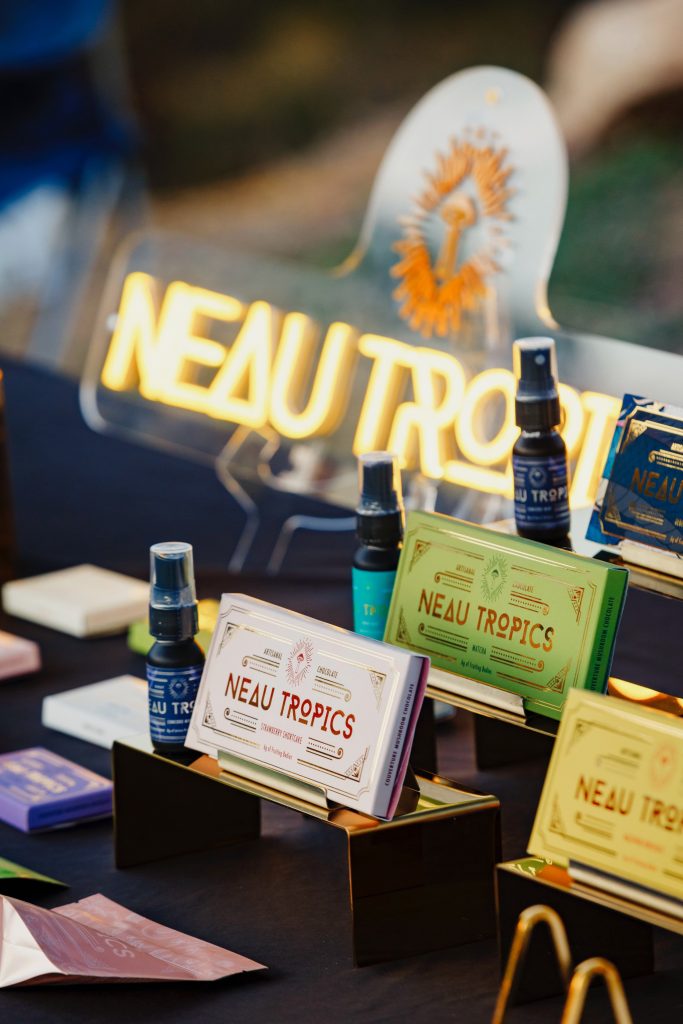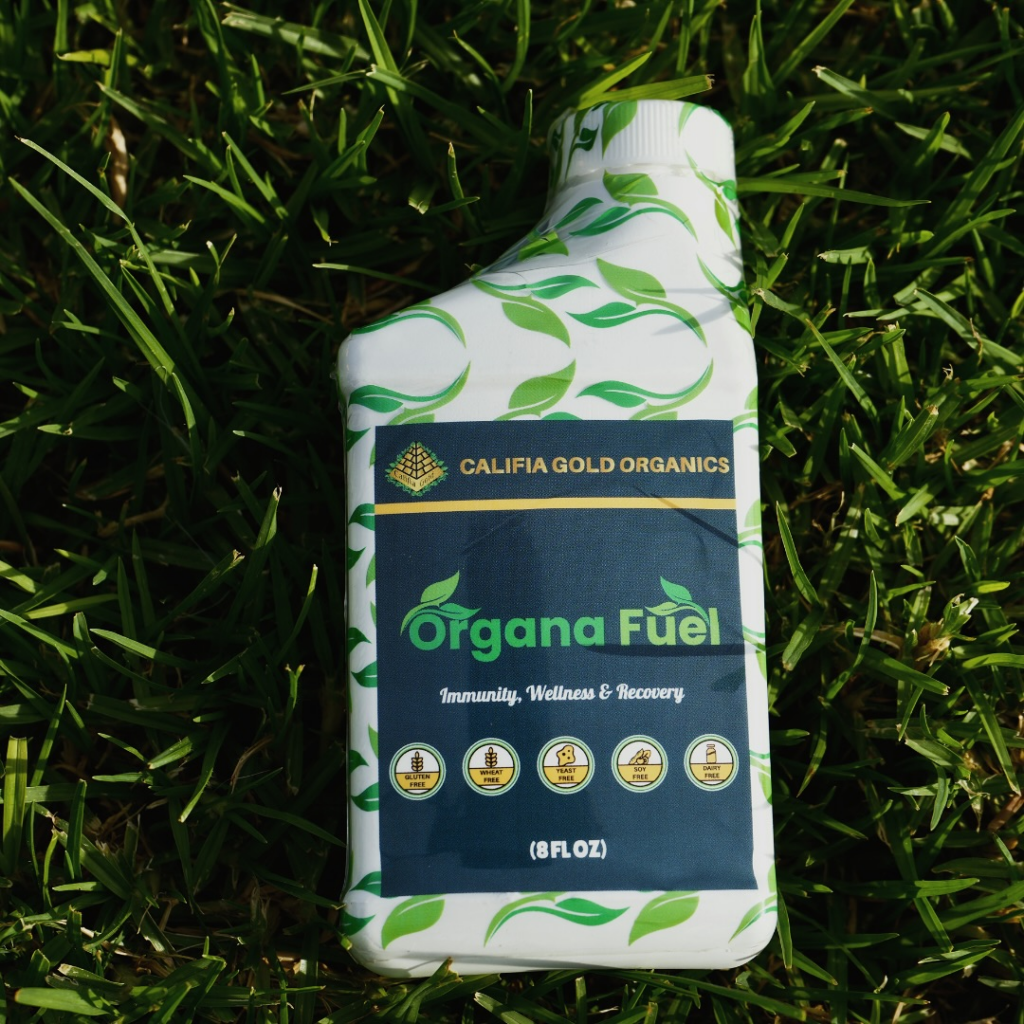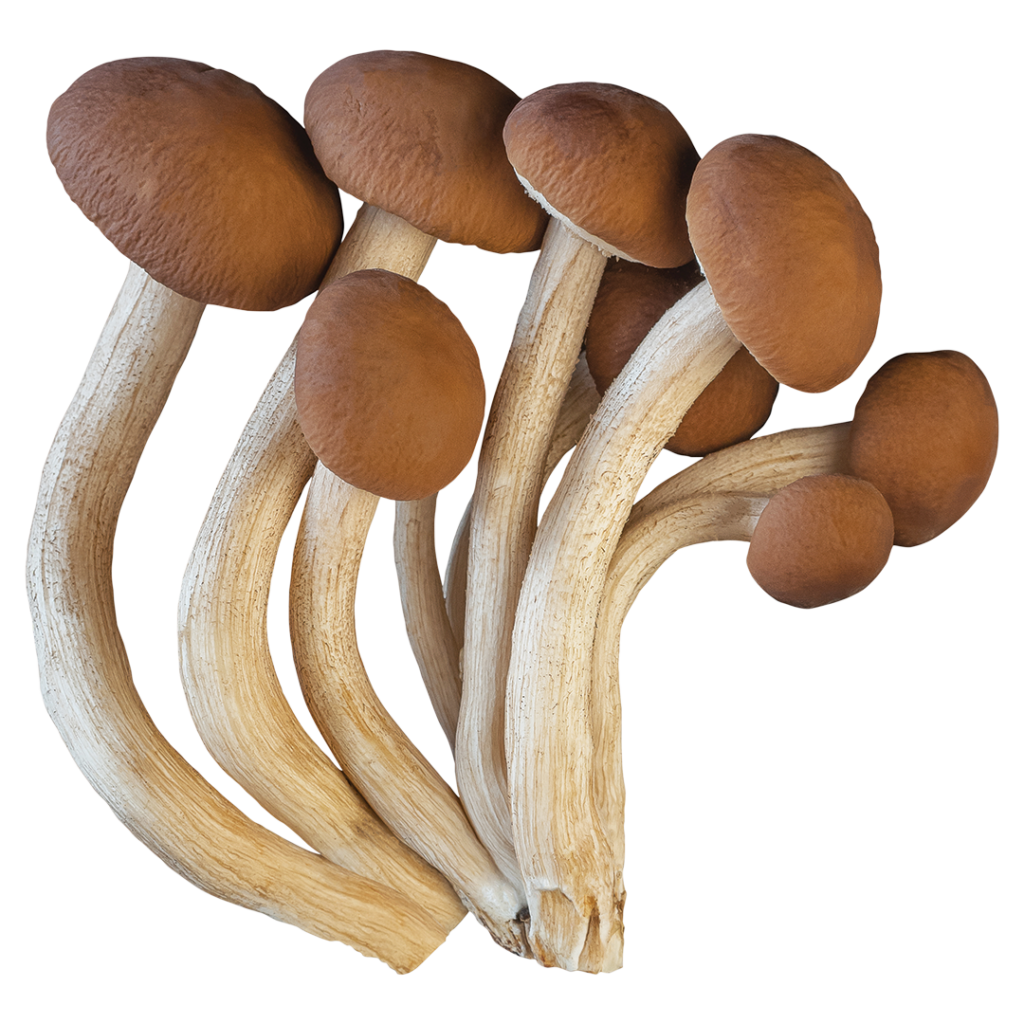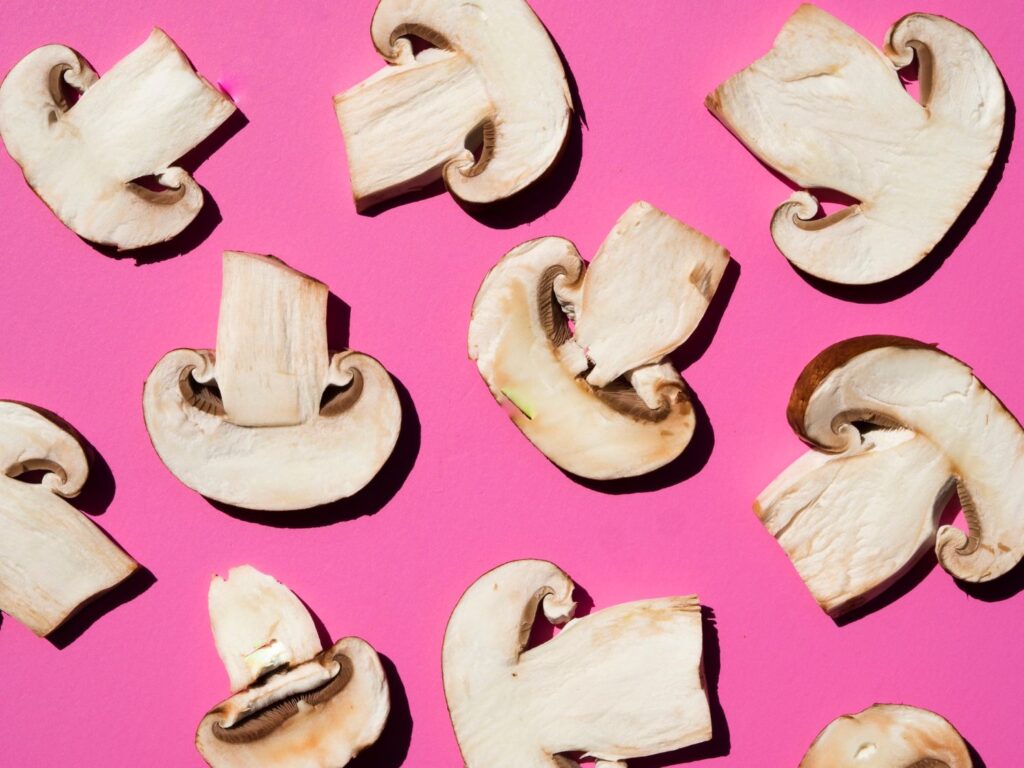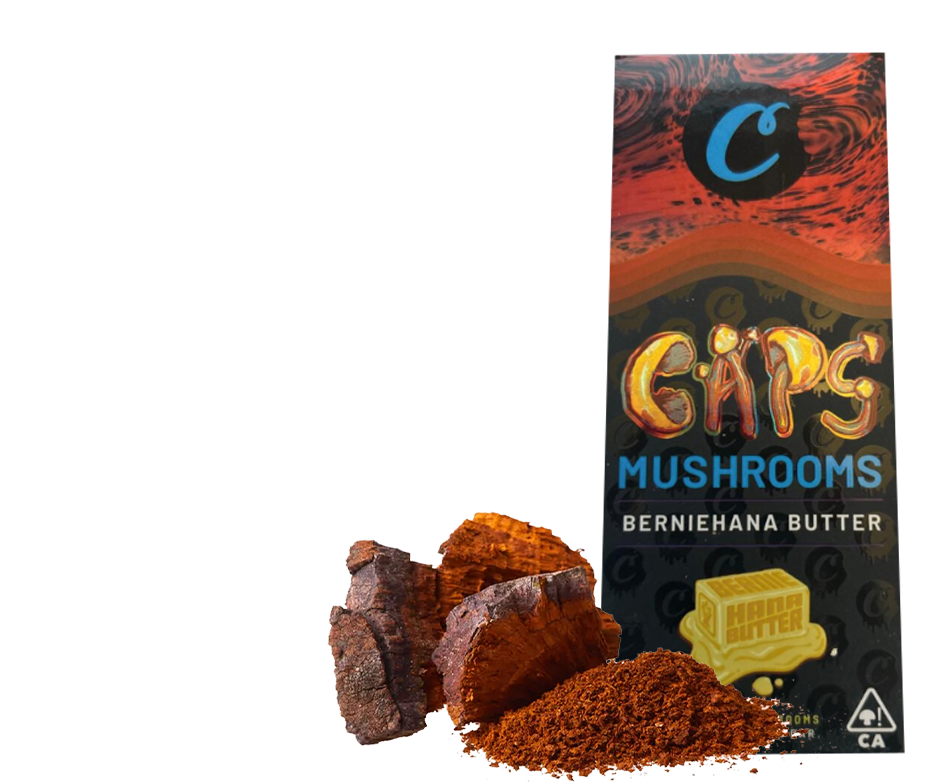The following is the eighteenth installment from Sacred Economics: Money, Gift, and Society in the Age of Transition, available from EVOLVER EDITIONS/North Atlantic Books. You can read the Introduction here, and visit the Sacred Economics homepage here.
First they
ignore you, then they laugh at you, then they fight you, then you win. –Mohandas
Gandhi
Before I
explore more deeply the shift in personal economic thinking and practice that
is part of sacred economy, I will summarize its key macroeconomic elements.
Some are coming into place already; others are still outside the purview of
acceptable political discourse and await a deepening of the crisis for the
unthinkable to become common sense.
The transition I map out is evolutionary. It
does not involve confiscation of property or the wholesale destruction of
present institutions, but their transformation. As the following summaries
describe, this transformation is under way already, or incipient in existing
institutions.
The reader may notice that, except where they
are off the map entirely, most of these developments fall on the left side of
the political spectrum. That is because they gradually redistribute wealth from
the rich to everybody else. Whereas the moneyed classes have always desired
higher interest rates, and labor lower interest rates, this book foresees them
going negative. Whereas liberals are fond of social welfare programs, this book
foresees their universalization in a social dividend. Whereas corporate interests
advocate the gutting of environmental and social protections, this book
foresees the reclamation of the commons. The single major exception to the
foregoing is the elimination of the income tax, which will actually benefit
that small subset of the wealthy whose wealth comes from entrepreneurial
productivity rather than control of money and property generating economic
rents.
1.
Negative-Interest Currency
Motivation: Negative interest on reserves, and a
physical currency that loses value with time, reverses the effects of interest.
It enables prosperity without growth, systemically encourages the equitable
distribution of wealth, and ends the discounting of future cash flows so that
we no longer are pressed to mortgage our future for short-term returns.
Moreover, it embodies the truth about the world, in which all things decay and
return to their source. No longer is money an illusory exception to nature's
law. Finally, since money in some sense represents the accumulated power of
millennia of technological development, which is the common inheritance of all
human beings, it is unjust for someone to profit merely by owning it, as
happens in the current system of risk-free positive interest.
Transition
and policy:
We were on the brink of a transition to decaying currency in 2009, as central
banks pushed interbank interest rates to near zero and flirted with breaching
the zero lower bound. Today the economy is in an anemic recovery, but the
underlying problems of stagnation and debt still remain. Each new crisis, each
new bailout, offers the opportunity to buy out unrepayable debts with decaying
currency, thereby rescuing the financial infrastructure without further
intensifying the concentration of wealth. Moreover, when traditional monetary
stimulus and Keynesian fiscal stimulus fail beyond doubt, as has happened in
Japan, then central banks can hardly ignore the obvious next step of pushing
interest rates below zero. To prevent currency wars, this should happen as a
coordinated policy of all sovereign powers, or it should be built into a global
currency.
The Federal Reserve does not at present have
the authority to levy negative interest on reserves or to issue depreciating
bank notes. In any country such authority resides, as it should, in legislative
bodies. The time is ripe for this idea to enter the economic and political
discourse, as central bankers fret about the impotence of their monetary tools.
The current stagnation of the velocity of money demonstrates that lowering
interest rates to zero stimulates lending only if there is the prospect of
significant economic growth. The new round of quantitative easing will only
underscore this point as excess reserves increase. In the absence of growth,
banks would rather hold money at zero interest than lend it into the economy.
But would they be willing to hold it at -2 percent? Or -5 percent?
Effect on
economic life: For everyone but the investing class, the everyday
experience of using money will be the same. Hard as it may be for the wealthy
to imagine, most people today live paycheck to paycheck and rarely accumulate
more than a couple months' worth of savings. For the more affluent, savings
would still be possible, but the value of savings would gradually decrease over
time unless invested at risk. There will be no way to grow money risk-free, to
make "money work for you." Even government bonds will pay zero interest or
less. For large purchases, whether on the personal or corporate level,
low-interest or zero-interest loans rather than savings will be the primary
financing vehicle. (This is happening already anyway.) Businesses will have
access to investment capital that does not require them to devote a high
proportion of their future cash flow to servicing debt, removing the "grow or
die" imperative that governs economic life today.
2.
Elimination of Economic Rents, and Compensation for Depletion of the Commons
Motivation: Polarization of wealth is inevitable when
people are allowed to profit from merely owning a thing, without producing
anything or contributing to society. These profits, known as economic rents,
accrue to the holders of land, the electromagnetic spectrum, mineral rights,
oil reserves, patents, and many other forms of property. Because these forms of
property either were prior to any human being or are the collective product of
human culture, they should not belong to any private individual who does not
use them for the benefit of the public and the planet.
In addition, today it is possible to profit by
depleting aspects of the commonwealth such as biodiversity, aquifers, soil,
ocean fisheries, and so on. These properly belong to all of us, and their
depletion should only happen by common agreement and for the common good.
Transition
and policy: Some
states and nations already levy land-value taxes, and others have nationalized
oil and minerals. The country of Bolivia and the state of Alaska, for example,
assert public ownership over oil rights, so that oil companies earn money only
for their services in extracting the oil, and not from owning the oil. Shifting
the tax burden away from labor and toward property will become more and more
attractive as wage earners' situations become desperate. Finally, as
intractable regulatory battles over water rights show, building resource
conservation directly into the money system is an idea whose time is coming.
Measures such as Georgist land-value taxes,
leasing of mineral rights, and the use of the subjects of economic rent as a
currency backing as described in this book are ways to return economic rents to
the people, so that private interests can only profit by using property well,
not by merely owning it. Anything that comes from the commons should be subject
to fees or taxes. Intellectual property can be returned to the commons by
shortening the terms of copyrights and patents, thereby acknowledging the
cultural matrix from which ideas arise. We must also keep new sources of
wealth, such as the genome, the electromagnetic spectrum, and the new "commons"
of the internet, in the public domain, allocating their use only to those who
use it to benefit society and the planet.
Effect on
economic life: With a shift of taxation onto property and resources,
sales and income taxes will be reduced or eliminated, and a strong economic
incentive for conservation created. Since economic rents enrich those who
already own, eliminating them will foster a more equitable distribution of
wealth. In the realm of intellectual property, the widening of the public
domain will encourage cultural creations that are not geared toward profit, as
the "raw materials" of artistic and intellectual creation will be less subject
to royalties and the limitations of private property.
3.
Internalization of Social and Environmental Costs
Motivation: Just as it is possible today to deplete
aquifers without paying society for it, it is also possible to deplete the
earth's capacity to absorb and process waste, the geosphere's capacity to
recycle carbon, and the human body's capacity to deal with toxic pollutants.
Today, pollution and other forms of environmental degradation generate costs
that are usually borne by society and future generations, not the polluters.
Not only is this patently unfair, but it also encourages continued pollution
and environmental degradation.
Transition
and policy:
Regulation with financial penalties for infractions is at present the primary
means to reverse the economic incentive to pollute, but it suffers many flaws,
both in practice and in underlying theory. Primarily, it provides an incentive
to meet standards but no incentive to exceed them. Nor does it allow us to
implement an overall ceiling on total emissions of a given pollutant or total
drawdown of a natural resource. Current proposals to remedy these shortcomings
include cap-and-trade schemes and green taxes. Many such schemes have been
proposed and, in some places, implemented. Cap-and-trade (for sulfur dioxide)
has worked quite well in reducing acid rain but poorly for decreasing CO2 emissions.
These are steps in the right direction, but ultimately every form of pollution
and depletion should be subject to payment.
For each type of pollutant and each natural
resource, we must determine how much emission or drawdown the planet and its
bioregions can sustain. Rights to emit these pollutants or use these resources
can then be allocated in various ways. In some cases we might want to specify
through central planning who gets to do and use what: farmer A gets to draw
100,000 gallons from the aquifer; farmer B 120,000; factory C 200,000; and so
on. But because this generates economic inefficiency, in most cases we will
want to use taxes on pollution and resources, or cap-and-trade auction systems,
to provide economic rewards for conservation and pollution reduction. Better
yet would be to base the money system itself on the gifts of the earth by
backing currency with Earth's resources and its capacity to absorb and
transform waste.
Effect on
economic life: These measures end the opposition between ecology and
economy. They align the best business decision with the best environmental
decision, turning the power of entrepreneurial innovation toward the service of
the planet. Huge new industries will arise devoted to conservation, pollution
control, and toxic waste remediation. Zero-waste manufacturing will become the
norm. The high expense of raw materials will encourage continued progress
toward miniaturization and efficiency.
With economic disincentives for cheap,
throwaway goods, manufactured items will become more expensive, more durable,
and more repairable. We will care about our things more, maintain them and keep
them. Large, resource-intensive goods such as cars, machines, and certain tools
and appliances will be shared within a neighborhood or other community.
Residential areas will become more compact; houses will become smaller; and
larger homes will house extended families and other structures beyond the
nuclear family.
As with the elimination of economic rents,
these measures shift taxes away from income and onto resources so that we are
taxed not on what we contribute but on what we take. Ultimately, income will
not be taxed at all, freeing us from onerous record-keeping responsibilities
and intrusive government monitoring.
4.
Economic and Monetary Localization
Motivation: As community has disintegrated around the
world, people yearn for a return to local economies where we know personally
the people we depend on. We want to be connected to people and places, not
adrift in an anonymous global monoculture. Moreover, global commodity
production puts localities into competition with each other, fomenting a "race
to the bottom" in wages and environmental regulations. Moreover, when
production and economic exchange are local, the social and environmental
effects of our actions are much more obvious, reinforcing our innate
compassion.
Transition
and policy:
The trend toward local economy has already started. Spiking energy costs and
ecological awareness prompt businesses to source more supplies locally, and
millions of consumers are awakening to the health benefits of locally grown,
fresh food. People everywhere show a strong desire to reconnect with community,
and some city and regional governments have initiated "buy local" campaigns.
Thousands of communities around the globe have launched local currencies, and
although these occupy a tiny niche today, they get people used to the idea and
provide a template for future local currencies backed by local governments.
The other elements of sacred economics
synergize with localization. Internalization of costs will remove many illusory
economies of scale that favor long-distance transport, while the elimination of
economic rents will ameliorate the obscene wage differentials that now exist
between rich and poor countries.1 Both these factors will encourage
a reversal of some of the economic globalization that has happened in the last
two hundred years. Meanwhile, as much of the natural, social, and cultural
commons is local or bioregional in character, a money system backed by the
commons will naturally strengthen local political and economic sovereignty.
Recent financial crises have shown that as soon
as national currency stops working, local governments are quick to step in by
creating their own money. It happened in Argentina in 2002; it almost happened
in California in 2009; and with the likely breakup of the Economic and Monetary
Union (EMU), a significant devolution of monetary sovereignty back to smaller
nations may be happening in Europe. As the present crisis deepens, regional
governments and smaller nations will have a chance to reclaim economic
sovereignty by issuing currency and protecting it from global financial markets
through capital controls, foreign-exchange transaction taxes, and so forth.
Governments can also give preferential treatment to local businesses in
allocating contracts. Finally, local and regional governments can reclaim their
credit sovereignty from international finance by establishing public banks and
other credit-generating institutions.
Economic
life:
While many high-tech products and services are by their nature global, hidden
subsidies and decades of policy have thrust many things that can and should be
local into the global commodity economy. In the future these will revert to
local production. Most of the food that we eat will be grown in the bioregions
in which we live. Houses and many manufactured products will use local
materials, often recycled, and be produced on a smaller scale. Small towns will
experience an economic revival, and "Main Street" will be repopulated by authentic
local businesses.
5.
The Social Dividend
Motivation: Thousands of years of technological
advances have made production of the quantifiable necessities of life extremely
easy. These advances, the gift of our ancestors, should be the common property
of all humanity. All deserve a share of the wealth they have made possible. The
same is true of the natural wealth of the earth, which was made by no man. The
current economic system essentially forces us to work for what is already ours.
It is more just to pay out the proceeds of the economic rent compensation,
pollution taxes, and so on (see 2 and 3 above) to all citizens as a social
dividend. This also serves to mitigate concentration of wealth and prevent
deflationary crises. The social dividend would ideally provide the bare amount
to cover life's necessities; beyond that, people could still choose to earn
their own money. It frees work from the pressure of necessity; people would
work because they want to, not because they have to.
Transition
and policy:
A social dividend already exists in the state of Alaska, where each citizen
shares in the state's oil revenues and receives an annual check for several
thousand dollars. Recent stimulus checks are another harbinger of the social
dividend that is to come. A further existing model is the welfare system, which
is derided with the term "entitlements." But perhaps we should embrace that
epithet and extend it to every citizen-after all, are we not all entitled to
the vast abundant wealth that Earth and our ancestors have bequeathed us?
Entitlements already in place, such as food
stamps, public health insurance, tax credits to low- and middle-income families
with children, social welfare programs, unemployment compensation, and stimulus
checks can be expanded and universalized. Such measures run counter to the
current political trend of "austerity," but the rapidly intensifying misery
those policies engender may lead to social unrest and political upheaval. At
that time the political will shall emerge to redistribute wealth. When that
happens, let us not think punitively, in terms of taxing the rich; let us
rather take the attitude of giving all citizens their due. A social dividend is
a covert redistribution of wealth because while all receive equally, the
wealthy pay proportionally more taxes to fund it.2 In the vision of
this book, it will be funded by demurrage charges, pollution fees, and payments
for the use of the commons (see 1, 2, and 3 above).
Economic
life:
While there will still be poor people and wealthy people, poverty will no
longer entail extreme anxiety. Those who are oriented toward creating things
that other people want and need will earn more money; those who are focused on
simplicity, living in nature, or artistic self-expression may have to get by on
the bare necessities. The point of economic life, however, will no longer be to
"make a living." Freed of that pressure, we will turn our gifts toward that
which inspires us-for more and more of us, that is the healing of society and
the planet from the ravages of Separation. (If you still think that freedom
from survival pressure will lead to dissipation and indolence, please go back
and reread "The Will to Work" in Chapter 14.)
6.
Economic Degrowth
Motivation: Over hundreds of years of inventing labor-saving
devices, from the spinning jenny to the digital computer, we have at every turn
chosen to consume more rather than to work less. This choice, driven by the
money system, accompanied an accelerating drawdown of social and natural
capital. Today, the option of accelerating consumption is no longer available
to us. Absent the driving force of positive risk-free interest, economic growth
will no longer be necessary to promote the flow of capital, and a degrowth
economy will become feasible. Technology will continue to advance, and we will
be left with the second option: to work less or, more accurately, to work less
for money.
Transition
and policy:
This is already happening. Persistently high unemployment rates (near 20
percent, counting discouraged workers) in industrialized countries, together
with overcapacity of production, imply that there is simply not enough paid
work to employ everyone to produce all we need. To be sure, there is much
necessary and beautiful work to be done-but much of it fundamentally does not
generate an economic return. Unemployment is considered an evil today, but it
would not be if it were supported by a social dividend and spread out over the
economy. What if everyone worked 20 percent less, instead of 20 percent of the
people working not at all? This economic circumstance coincides with a shift in
consciousness as more and more of us reject the conventional notion of work-the
division of life into two exclusive zones, work and leisure.
Decaying currency, resource-based economics (2
and 3 above), and the social dividend all support a degrowth economy. We must
also deprogram ourselves from the growth-is-good mantra that guides public
policy today. In the 2009 stimulus program, the rationale for the roads,
bridges, and other projects was to stimulate growth-it was not a conscious
decision that we actually need more roads and bridges. Similarly, housing
starts are welcome as a sign of growth, and not as an expression of a belief
that we need more subdivisions and sprawl. Policies such as monetary and
Keynesian fiscal stimulus, which in their new incarnation will be
negative-interest money and the social dividend, must be reframed: they are not
to get the economy growing again; they are to circulate money to those who need
to spend it. Generally speaking, this will not trigger growth if the commons is
protected from monetization; instead it will shift the allocation of resources
and the focus of economic activity.
Economic
life:
The poor and middle classes will experience greater affluence, as if the
economy were growing, because the benefits of higher wages and easier
employment that ordinarily only happen in a context of growth-driven business
investment will be able to happen in a steady-state or degrowth economy. People
will spend more and more of their time in noneconomic activities as the money
realm shrinks and the realm of gifts, voluntarism, leisure, and the
unquantifiable grows. Digital content-images, music, video, news, books,
etc.-will continue its trend toward zero-cost availability. While
resource-based production will be far more expensive, human input will continue
to benefit from the ongoing accumulation of technology so that in many
high-tech realms, we will do more with less. People will also share more and
consume less, borrow more and rent less, give more and sell less-all reflecting
and engendering economic degrowth.
7.
Gift Culture and P2P economics
Motivation:
The expansion of the money realm has come at the expense of other forms of
economic circulation, in particular gifts. When every economic relationship
becomes a paid service, we are left independent of everyone we know and
dependent, via money, on anonymous, distant service providers. That is a
primary reason for the decline of community in modern societies, with its
attendant alienation, loneliness, and psychological misery. Moreover, money is
unsuited to facilitate the circulation and development of the unquantifiable
things that truly make life rich.
Transition and policy: Thankfully, the money realm is
already beginning to shrink, and that degrowth allows new space for gift
economics. The internet is in important respects a gift network, and it has
made it easy to give away information that was once very costly to produce. In
various ways, this has pushed services like advertising (think Craigslist),
travel agency, journalism, publishing, music, and many more toward the gift
realm. It has also facilitated gift-based modes of open-source production. What
once required paid intermediaries and centralized administrative structures now
happens directly. People and businesses are even creating credit, via
mutual-credit systems, without the intermediation of banks. Meanwhile, on the
local level the ideals of the connected self, the yearning for community, and sheer
economic exigency are leading people to restore gift-based community
structures.
Governments can liberalize tax and banking
regulations to give free rein to the new systems of economic circulation
emerging today. The commons in which these systems reside, in particular the
internet, must be kept public. Governments can also establish and promote
mutual-credit systems for business and industry, shielding the domestic or
local economy from predation by international capital.
Economic
life: People
will meet their needs, whether for goods, services, or money itself, in a great
variety of ways. Face-to-face gift circles and online coordination of gifts and
needs will allow many needs to be met without money. People will have much more
of a sense of being a part of a community they rely on. Complementary,
user-created credit systems, along with internet-based P2P lending, will
obviate some of the traditional need for banks. On a local level as well as
mediated through global networks, new nonquantified "currencies" of recognition
and gratitude will emerge that connect and reward qualitative contributions to
society and the planet.
* * * *
As you can see,
all of the seven elements I have described are tightly synergistic. Indeed,
none can stand on its own. Negative-interest currency, for instance, won't work
if other sources of economic rent are still available to invest in.
Localization depends in large part on the removal of hidden subsidies that make
global trade economic. Gift economies allow the quality of life to improve even
as the economy shrinks.
Together, the various strands of sacred economy
I have described in Part II of this book weave a tapestry, an organic matrix
that we can see emerging today. The new economy will not come from a new
beginning, a sweeping away of the old and a starting afresh; it is rather a
phase transition, a metamorphosis.
Just as no piece of
sacred economy can stand alone, so also does each piece naturally induce the
others. But if there is a linchpin, it is the end of growth, the transition of
the human species to a new relationship with Earth, a new Story of the People.
Ultimately, it is our emerging desire to be Earth's partner, and our newfound
spiritual realization of the uniqueness and connectedness of all beings, that underlies
what I have called sacred economics.
1. That is because low wages
are in effect subsidized by the nonmonetized commons. When much is still
available for free from the land and the community, the cost of living and
therefore wages can be very low.
2. Another way to fund it is
with fiat money created by the government and paid to all citizens. This also
is a covert form of wealth redistribution, since unless an equivalent amount of
money is removed from the economy through taxation, inflation will result,
diminishing the relative wealth of the creditor class.
Image by Patrick Hoesly, courtesy of Creative Commons license.

